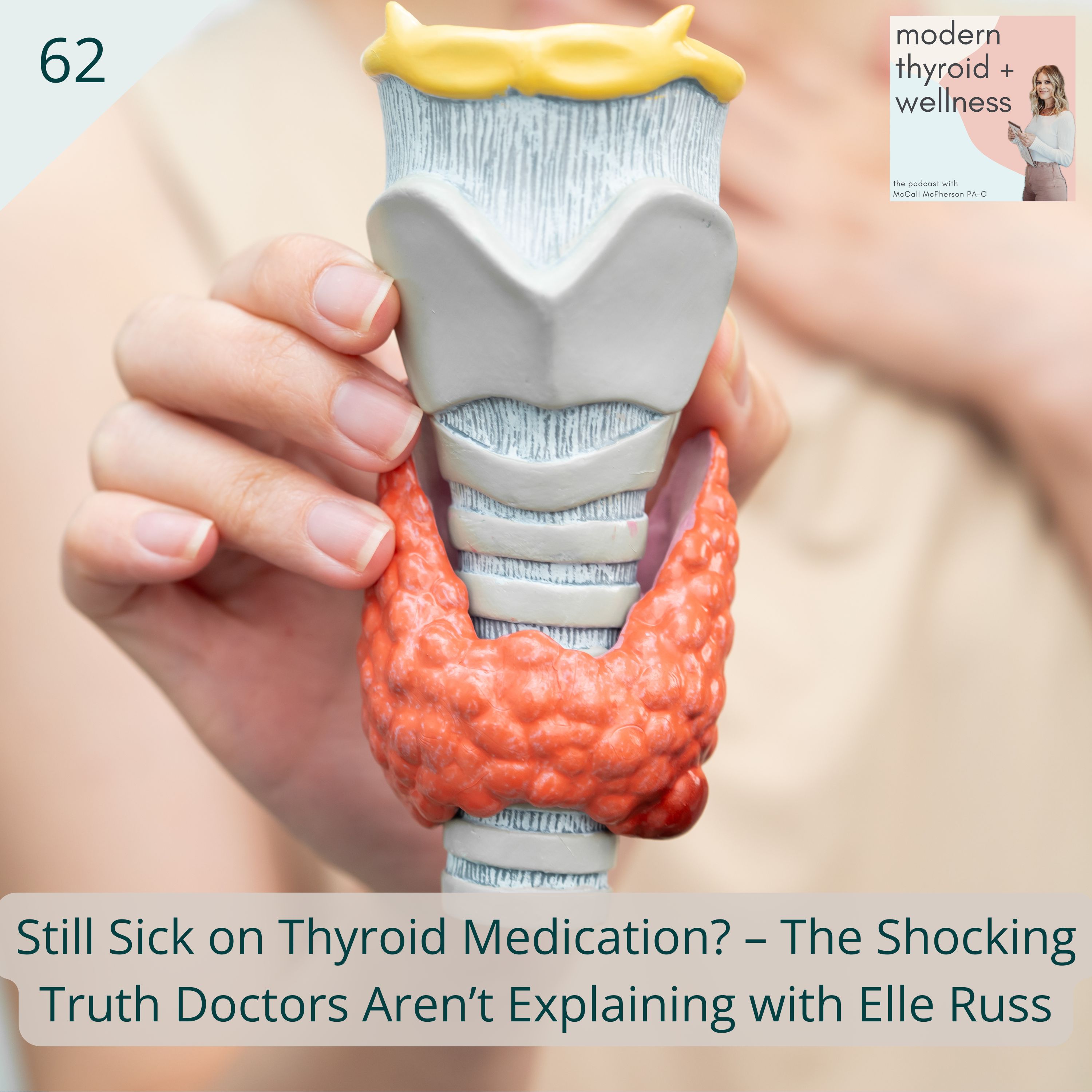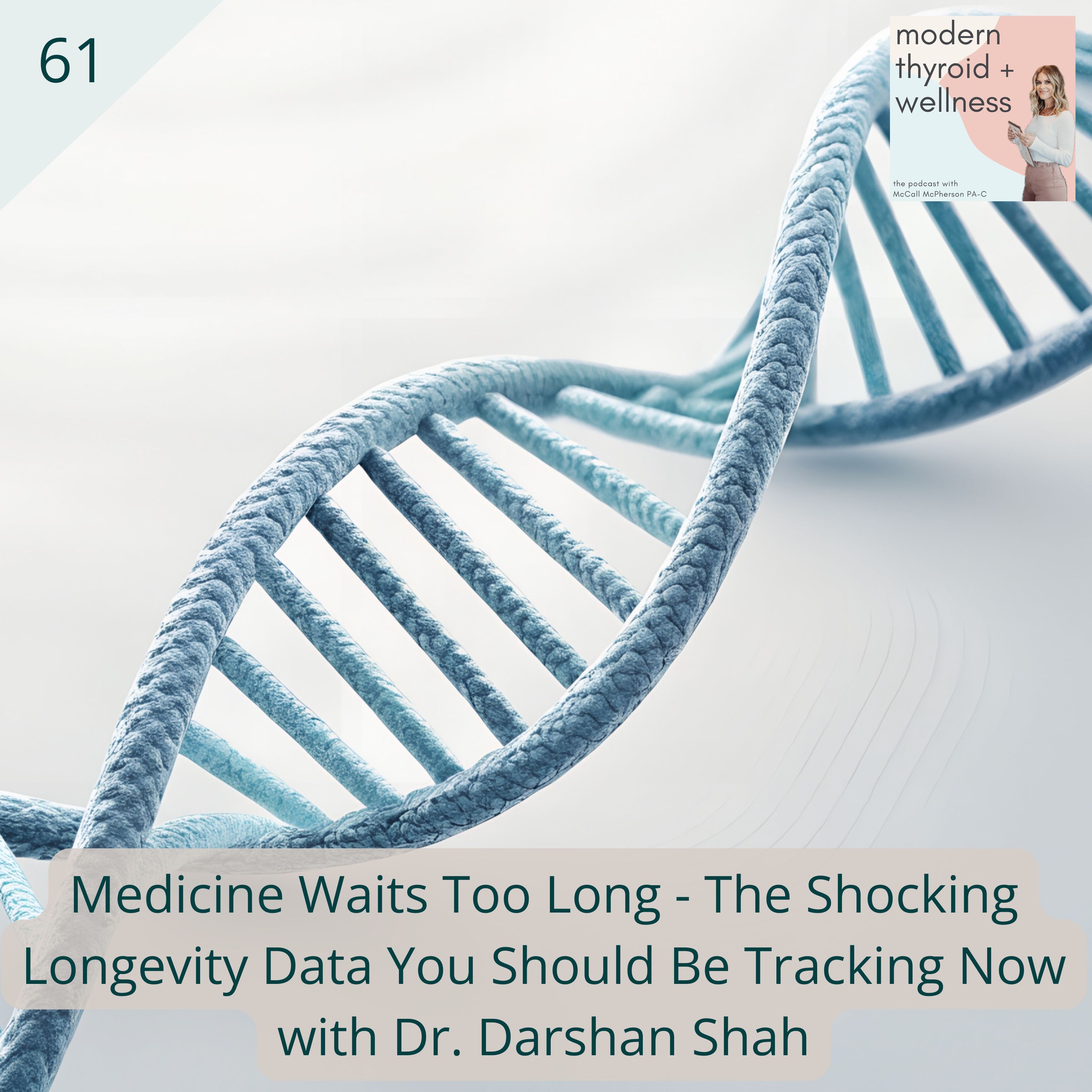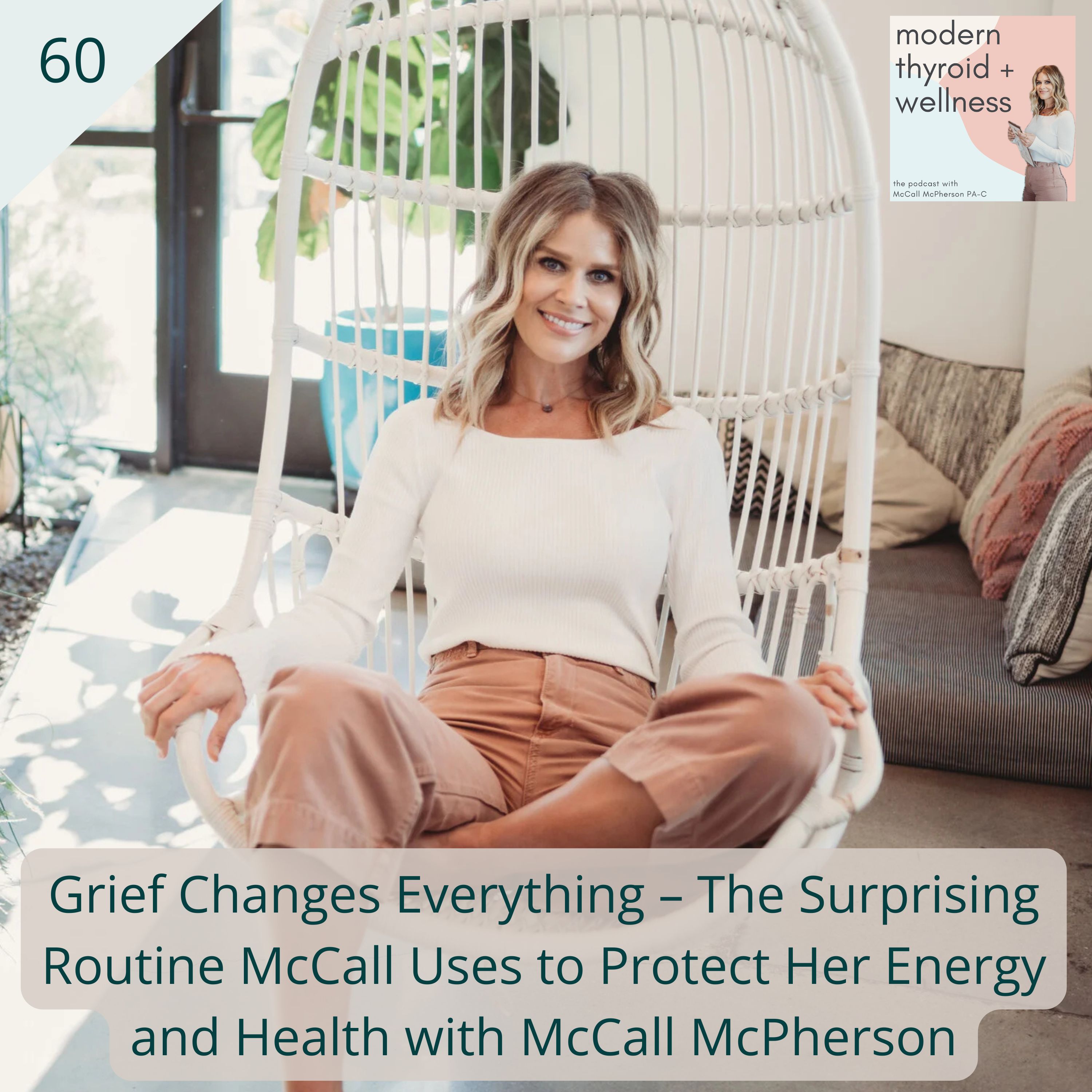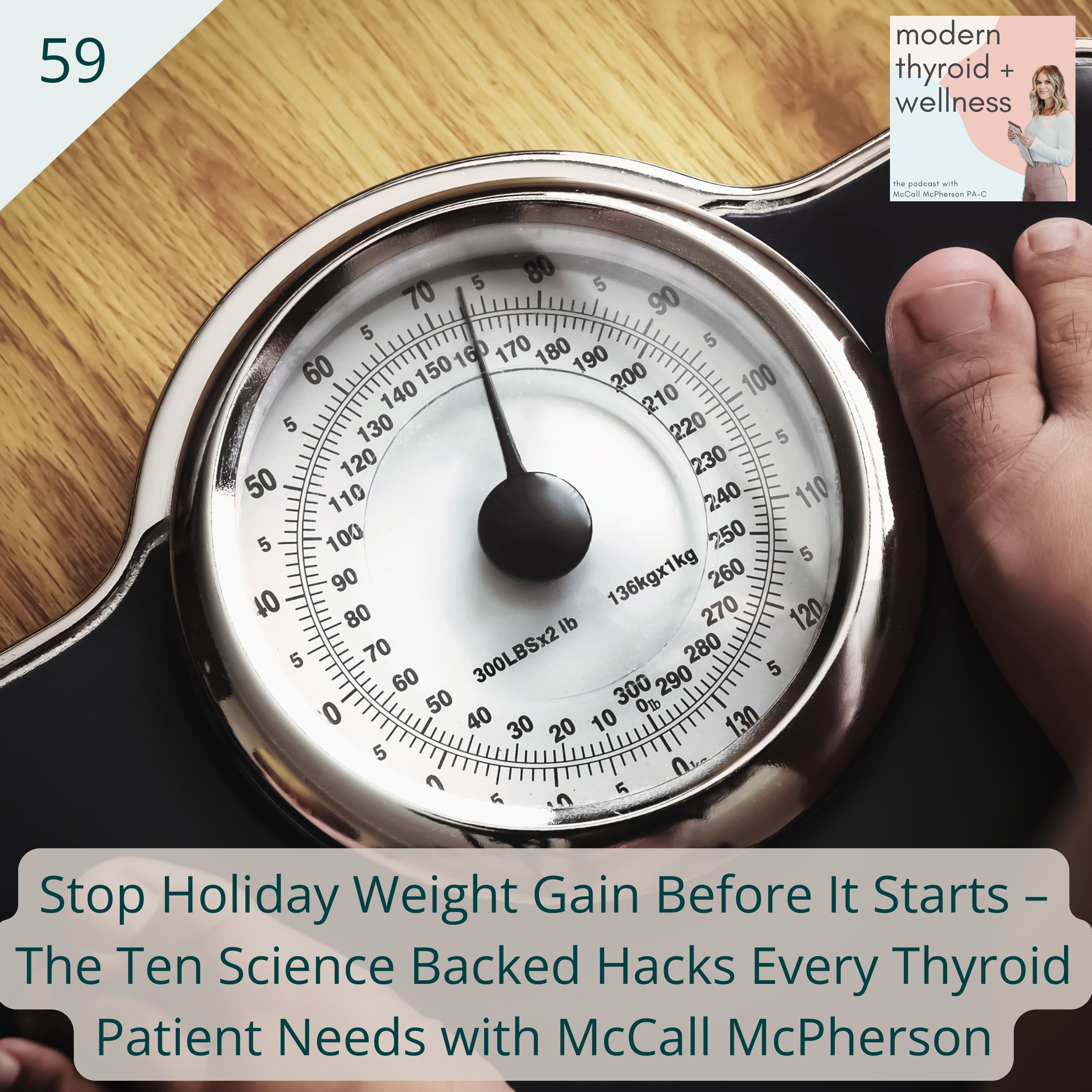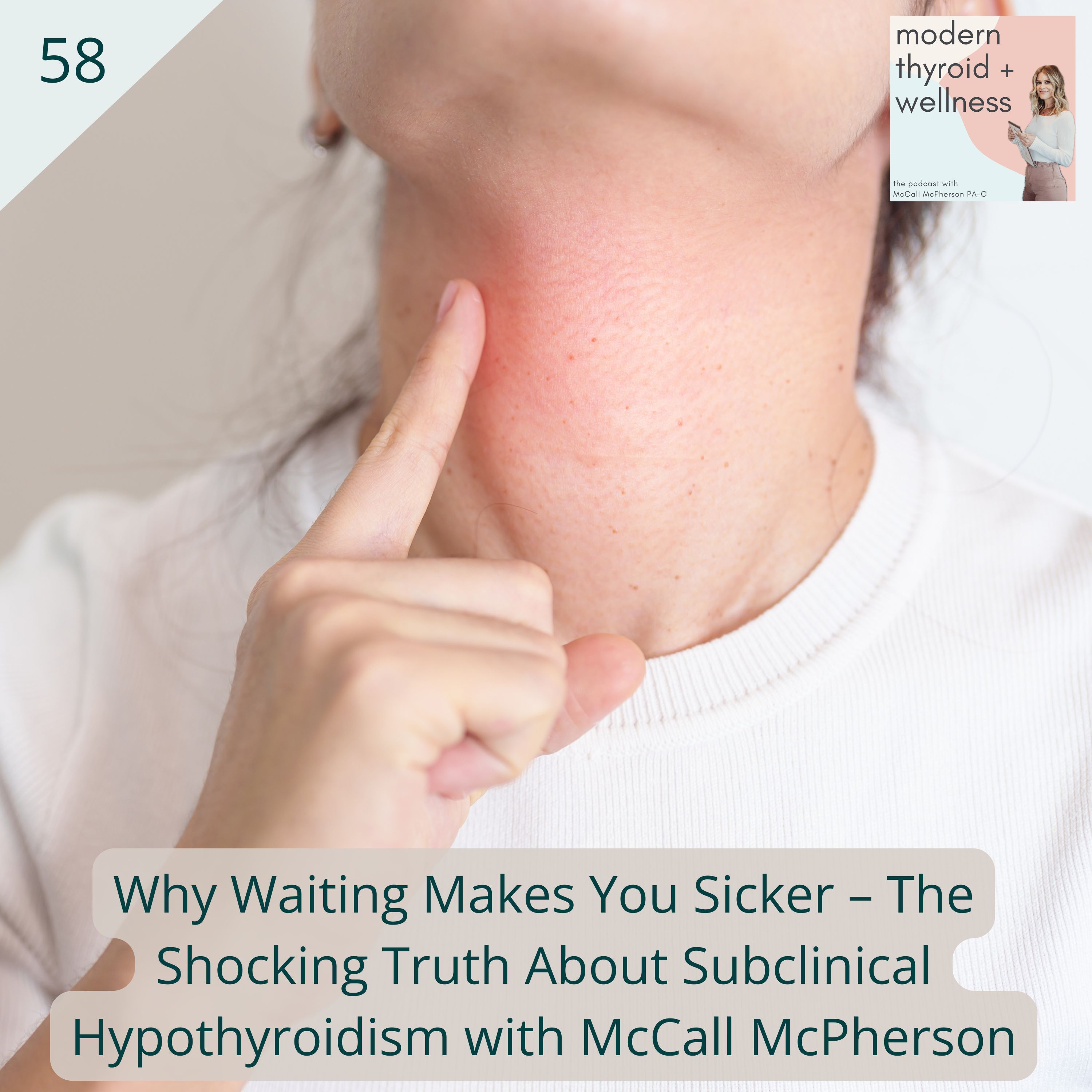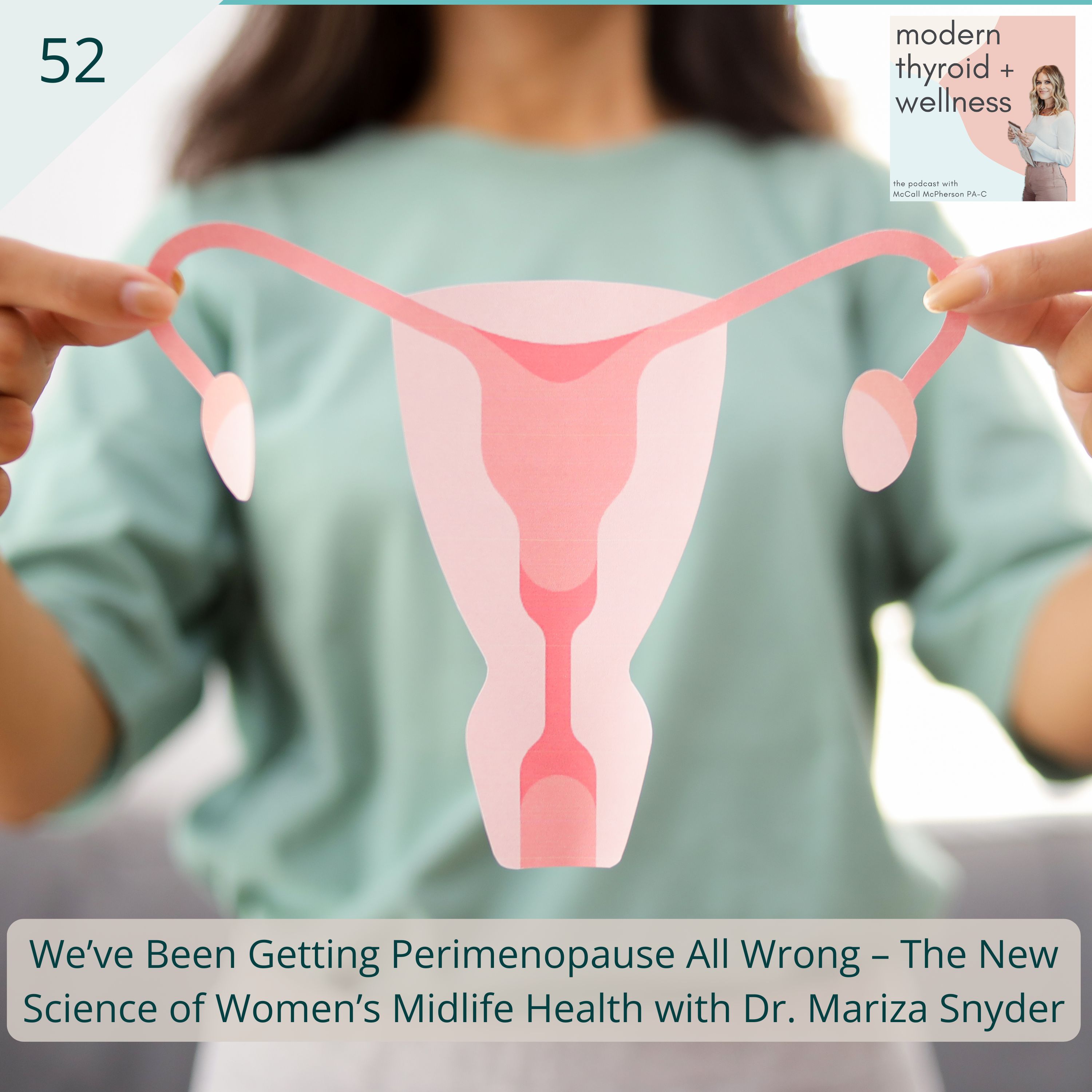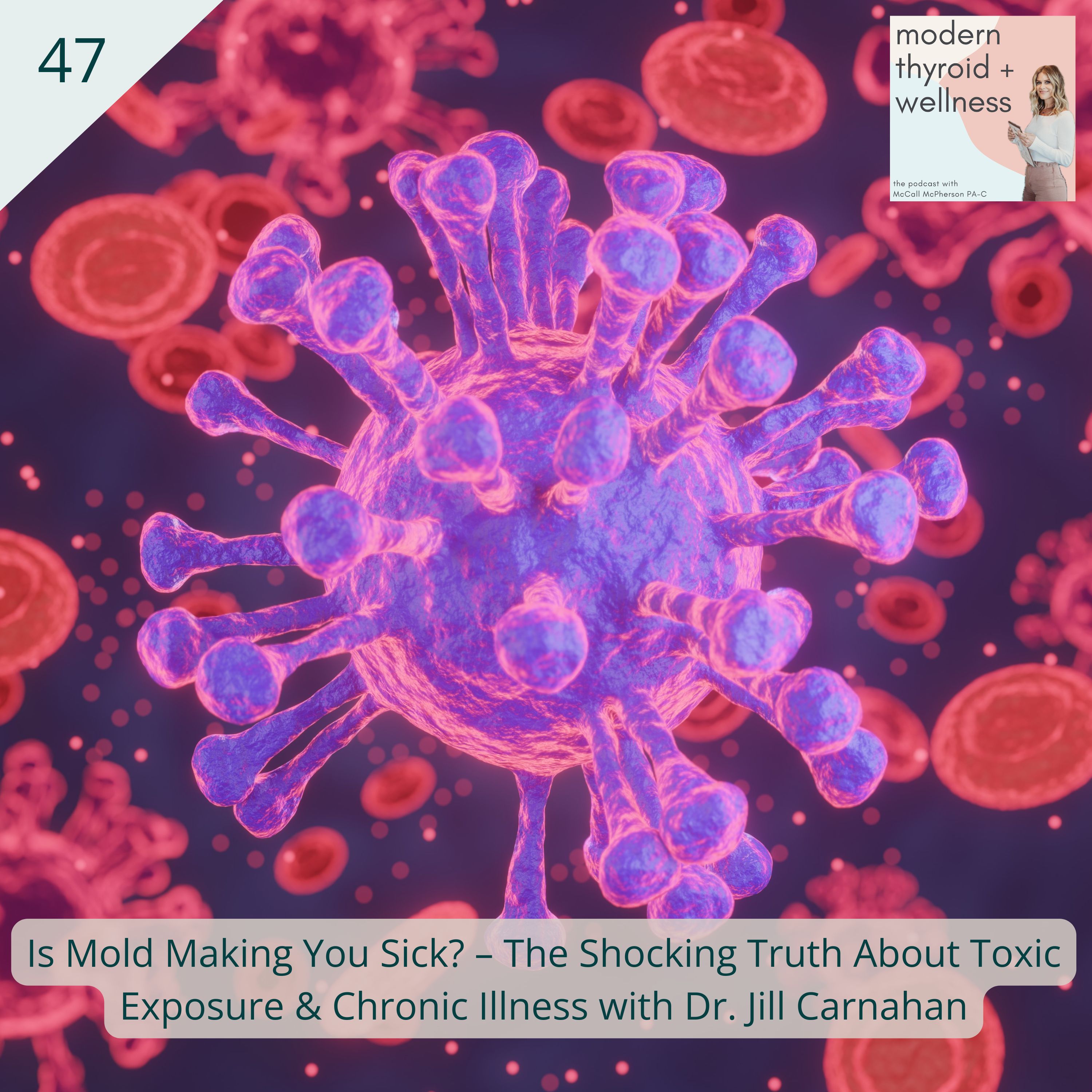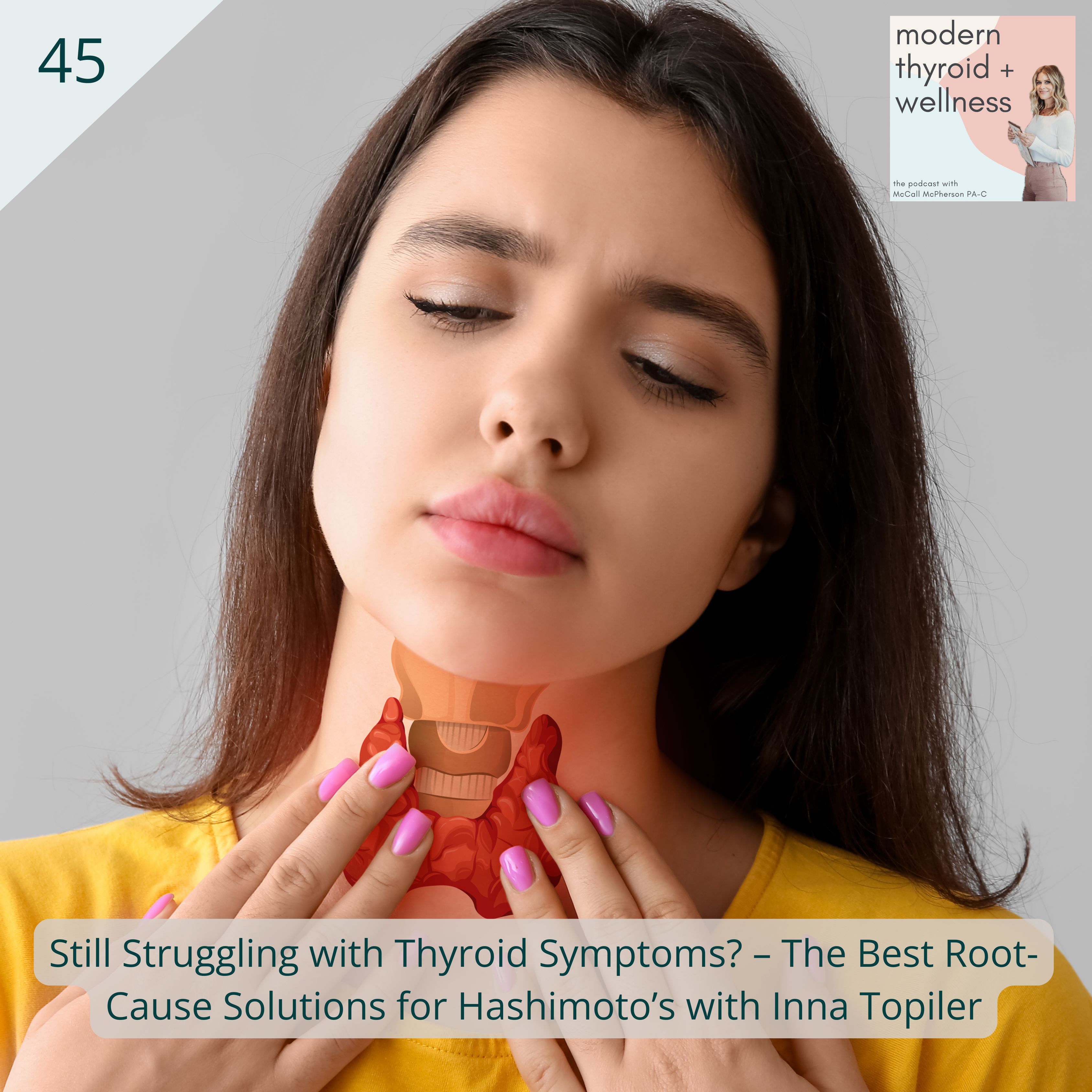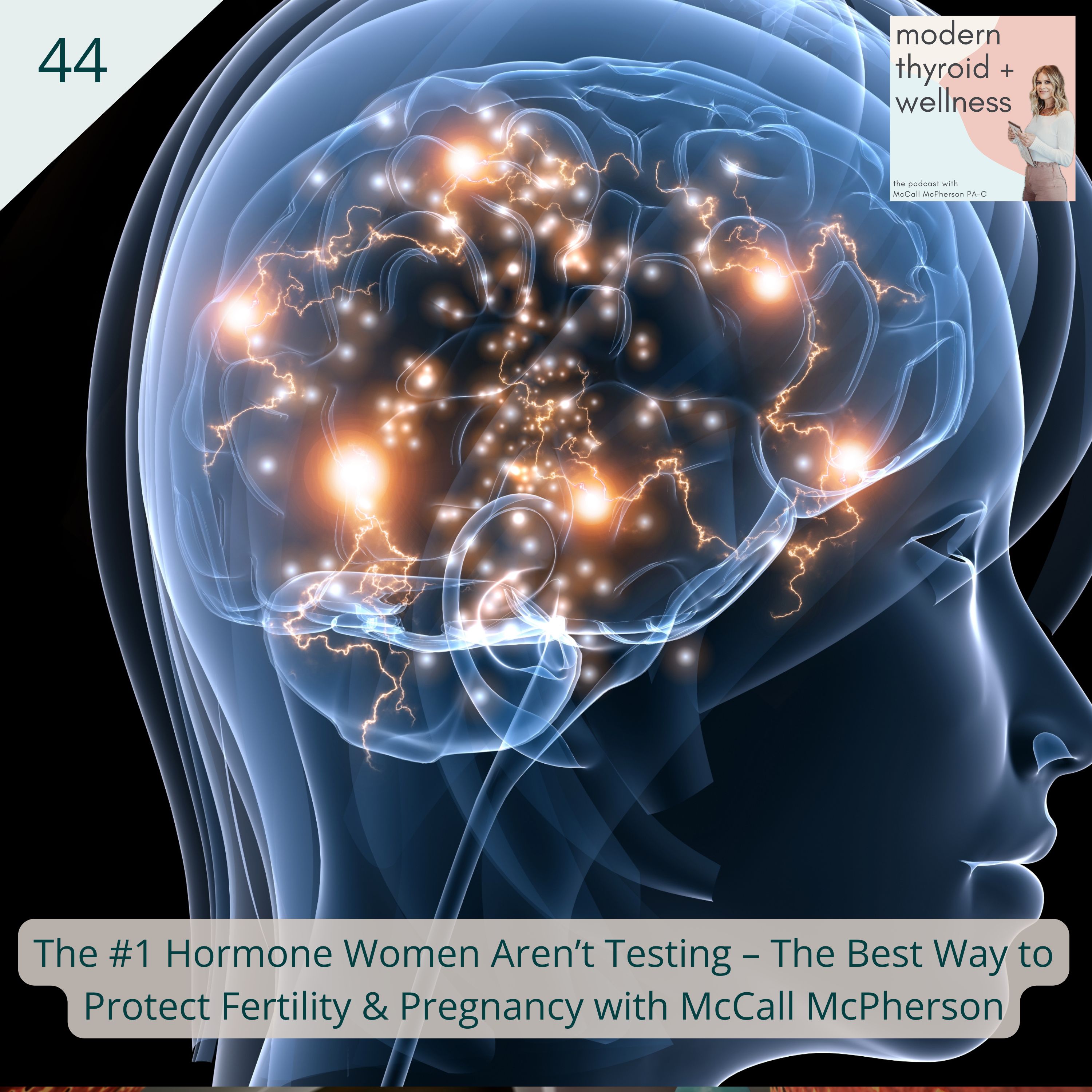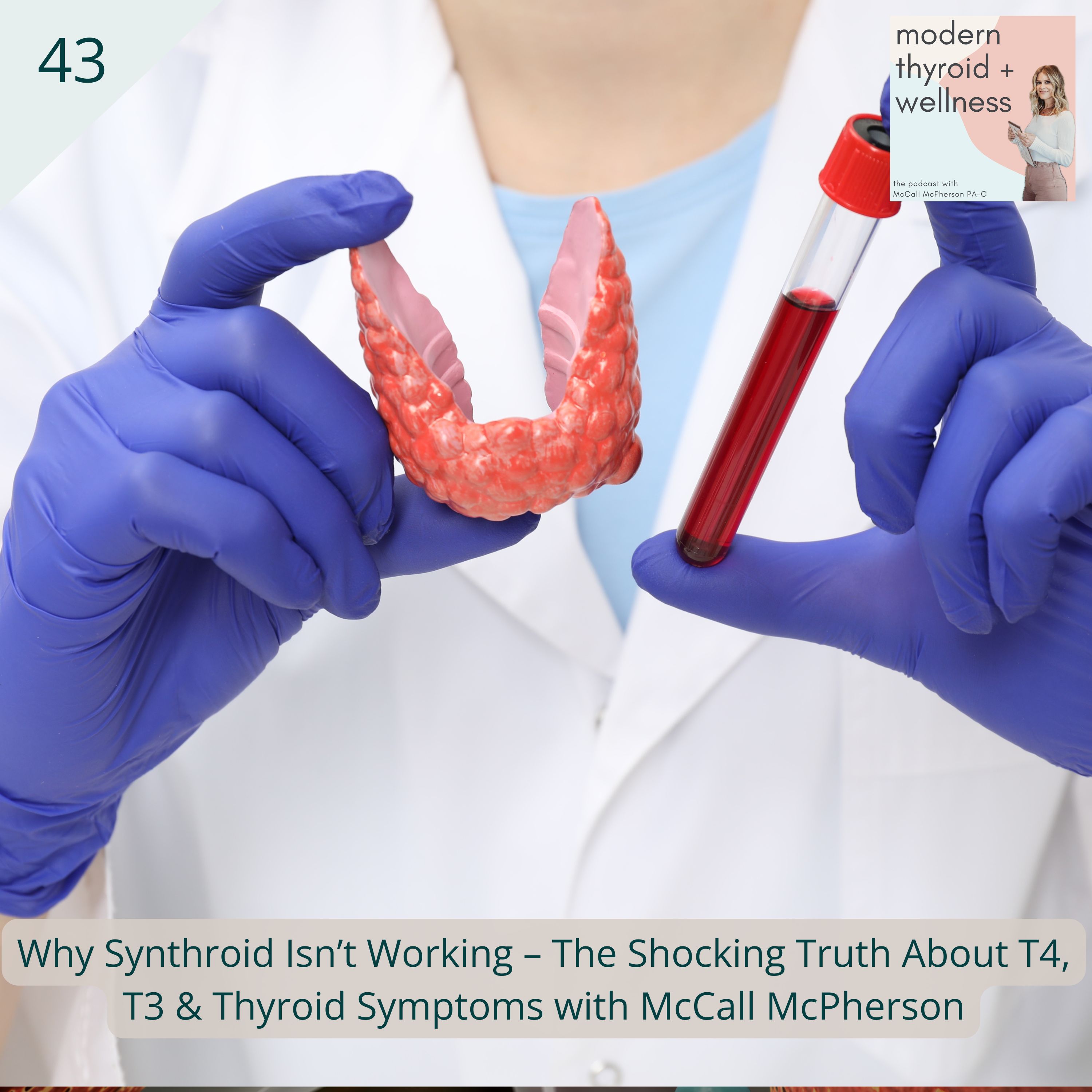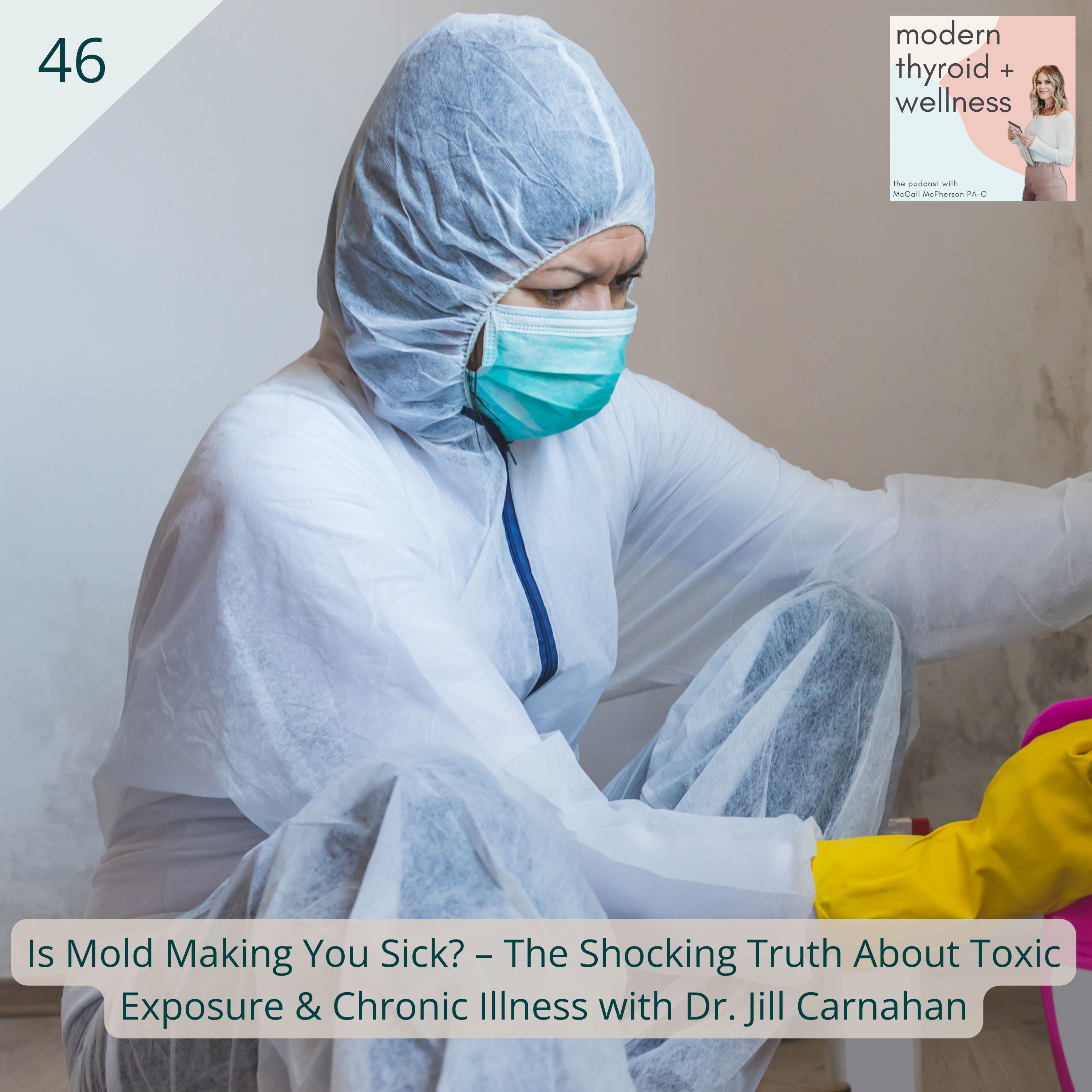

Mold exposure isn’t just an inconvenience—it’s a serious, often invisible health threat that can wreak havoc on your body and mind. In a powerful episode of Modern Thyroid Wellness, integrative physician and mold illness survivor Dr. Jill Carnahan shares how toxic mold nearly derailed her life and career, and what she’s learned about testing, treatment, and recovery.
This post distills the episode into a clear, on-point guide with practical takeaways to help you recognize and address mold toxicity before it takes control.
Mold illness often goes undetected for years. It hides behind drywall, beneath carpets, and even in new homes. And when exposure happens, symptoms may seem unrelated—or worse, dismissed entirely.
Dr. Carnahan’s own journey began after a flood in Colorado left hidden mold growing in her office. Despite her medical background, it took months of unexplained symptoms to finally discover mold was the cause.
Key insight: Mold illness builds up gradually and impacts more people than most realize—especially those with underlying immune vulnerabilities.
Mold illness can mimic dozens of other conditions. Here’s what to watch for:
If you’re experiencing multiple symptoms—especially after living in a water-damaged home—mold could be a hidden factor.
Many mold sufferers are misdiagnosed or told their labs are normal. Dr. Carnahan herself was offered antidepressants before the real issue came to light. Reasons for delayed or missed diagnoses include:
Bottom line: If you're hitting dead ends with conventional testing but still feel off, it's worth investigating mold.
Dr. Carnahan uses the "toxic bucket" metaphor to explain individual mold sensitivity:
If you have autoimmune conditions or chronic illness, your bucket may already be close to full. Mold can be the final drop.
Mold isn’t always visible or smelly. Dr. Carnahan recommends a structured approach:
Don’t rely on visual checks alone—air sampling often misses the mark.
Dr. Carnahan urges everyone to adopt a mold-safe strategy:
Early detection can save you thousands in health and home remediation costs.
Not everything can be saved after mold exposure. Here’s the breakdown:
Discard:
May be salvageable:
Invest in high-quality air purifiers and prioritize your bedroom as the safest, cleanest space.
Mold can trigger mast cell activation syndrome (MCAS) and disrupt your limbic system—leading to a cascade of symptoms.
Dr. Carnahan’s approach:
Jumping straight into detox without nervous system support can backfire.
Environmental testing:
Biological testing:
Important: Mycotoxin results may reflect past exposure or diet. Work with a knowledgeable practitioner for interpretation.
Detoxing from mold isn’t a weekend project. Dr. Carnahan’s method:
Slow and steady wins the race. Rushing detox can overwhelm the system.
Mold illness is complex, real, and often overlooked. Dr. Jill Carnahan's story is both cautionary and empowering: trust your body, seek second opinions, and never settle for "you're fine" if you know you're not.
Listen to the full episode for the complete conversation and more recovery tools.

